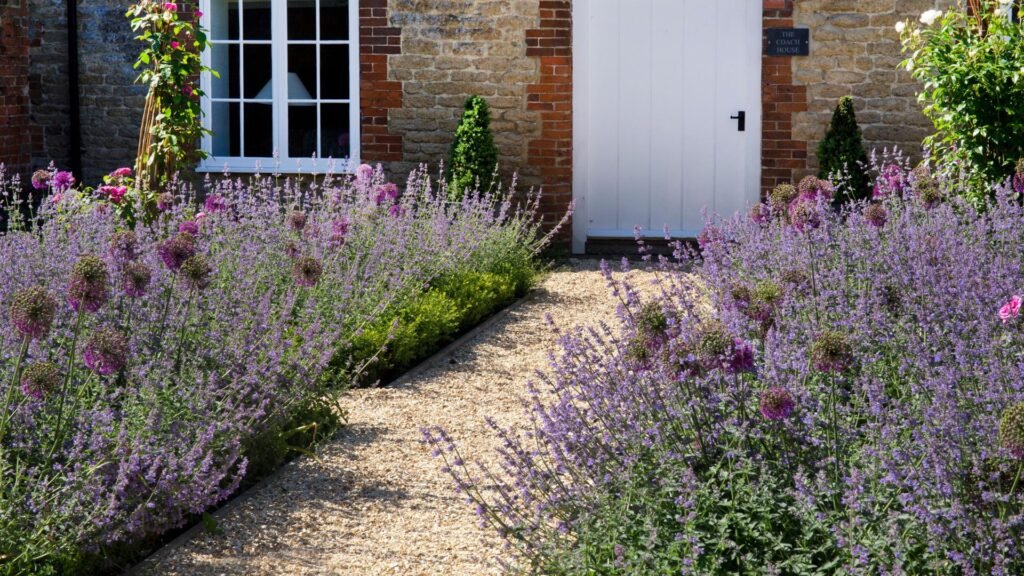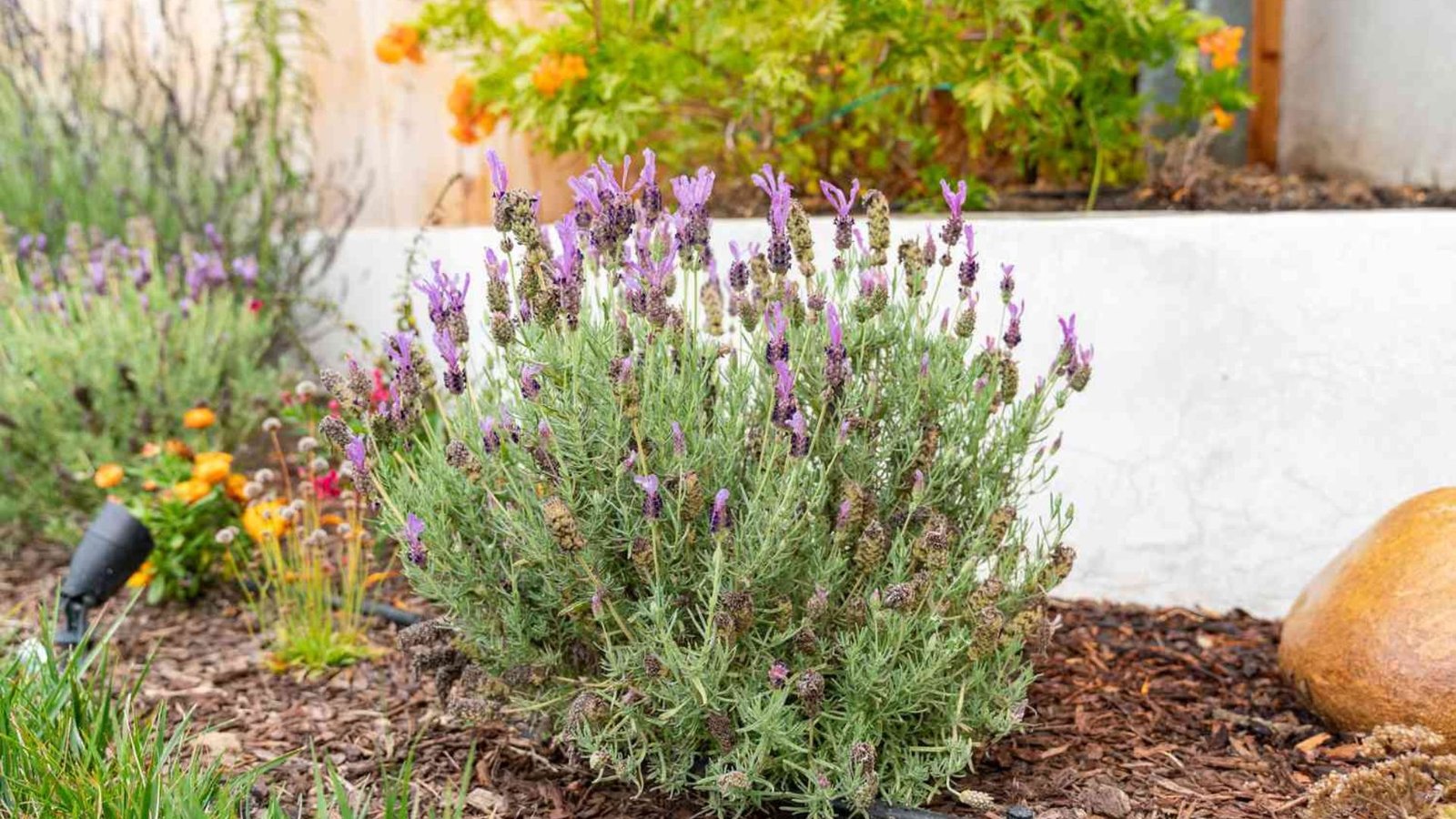|
Getting your Trinity Audio player ready...
|
Choosing the Right Variety of Lavender
When considering growing lavender in your garden, selecting the appropriate variety is crucial. Lavender, known for its fragrant blooms and versatility, comes in various types such as English lavender, French lavender, and Spanish lavender. Each variety has its unique characteristics and growth requirements.
Selecting an Ideal Location
Lavender thrives in sunny spots with well-drained soil. When choosing a location in your garden, ensure it receives at least six to eight hours of sunlight daily. Lavender plants detest soggy roots, so it’s essential to plant them in soil that drains well. Sandy or loamy soil works best for lavender cultivation. Pro tip: Avoid planting lavender in low-lying areas or places prone to waterlogging to prevent root rot.
Preparing the Soil for Planting
Before planting lavender, it’s vital to prepare the soil adequately. Start by loosening the soil to a depth of around 12 inches using a garden fork or tiller. Remove any weeds, rocks, or debris from the area. Lavender prefers slightly alkaline soil with a pH level between 6.5 and 7.5. You can amend the soil with limestone or garden lime if needed to achieve the desired pH level. Pro tip: Adding organic matter like compost can improve soil structure and drainage, promoting healthier lavender growth.
Planting Lavender Seedlings or Cuttings
Dig a hole slightly larger than the root ball of the plant. Gently remove the lavender from its container and place it in the hole, ensuring the top of the root ball is level with the surrounding soil. Backfill the hole and gently firm the soil around the plant. Space lavender plants 12 to 18 inches apart to allow for adequate air circulation. Pro tip: Water newly planted lavender thoroughly but avoid overwatering, as this can lead to root rot.
Providing Proper Care and Maintenance
To ensure healthy growth and abundant blooms, lavender requires minimal maintenance. Water newly planted lavender regularly during the first growing season to help establish a strong root system. Once established, lavender is drought-tolerant and only needs watering during prolonged dry spells. Fertilize Lavandula sparingly with a balanced fertilizer in spring, avoiding high-nitrogen fertilizers that can promote excessive foliage growth at the expense of flowers. Pro tip: Prune Lavandula lightly after flowering to maintain a compact shape and encourage new growth.
Dealing with Common Pests and Diseases
While lavender is relatively pest and disease-resistant, it may still encounter some issues. Common pests that may affect Lavandula include aphids, spider mites, and caterpillars. Regularly inspect plants for signs of pest infestation and treat them promptly with insecticidal soap or neem oil if necessary. Lavandula is susceptible to root rot if planted in poorly drained soil or subjected to excessive watering. To prevent this, ensure proper drainage and avoid overwatering. Pro tip: Planting Lavandula alongside companion plants like rosemary or marigolds can help repel pests and attract beneficial insects.
Ensuring Adequate Air Circulation
Moreover, proper air circulation around Lavandula plants is essential for preventing issues like powdery mildew and fungal diseases. When planting Lavandula, ensure there is enough space between plants to allow air to flow freely. Avoid overcrowding, especially in humid climates, as this can create a breeding ground for fungal pathogens. Hence, pruning Lavandula regularly not only helps maintain its shape but also improves air circulation within the plant canopy. Pro tip: Trim back nearby vegetation or obstacles that may obstruct airflow around Lavandula beds.
Mulching for Moisture Retention and Weed Control
Applying a layer of organic mulch around Lavandula plants offers several benefits, including moisture retention, weed suppression, and soil insulation. Mulch helps regulate soil temperature, keeping it cool in hot weather and preventing temperature fluctuations that can stress Lavandula roots. Organic mulches like shredded bark or straw also break down over time, enriching the soil with nutrients. However, avoid mulching too close to the base of Lavandula plants to prevent stem rot. Pro tip: Replenish mulch as needed to maintain a depth of 2-3 inches throughout the growing season.
Harvesting Lavender for Culinary and Aromatic Uses
Harvest Lavandula blooms when they are in full bloom but not yet fully open for the best fragrance and flavour. Cut flower stems early in the morning when the essential oils are most concentrated. Hang Lavandula bunches upside down in a warm, dry location with good airflow to dry them naturally. Pro tip: Use freshly harvested Lavandula flowers to infuse honey, sugar, or vinegar for unique culinary delights.
Conclusion
In conclusion, growing lavender in your garden can add beauty, fragrance, and versatility to your outdoor space. By choosing the right variety, selecting an ideal location, preparing the soil, planting correctly, and providing proper care, you can enjoy flourishing plants year after year. Remember to water sparingly, avoid overfeeding, and keep an eye out for pests and diseases. With a little attention and care, your Lavandula garden will thrive and delight your senses with its aromatic blooms.
You may find this information useful:
Gardening with Flowers: Tips for a Vibrant Garden
Health Benefits of Plants and Flowers


